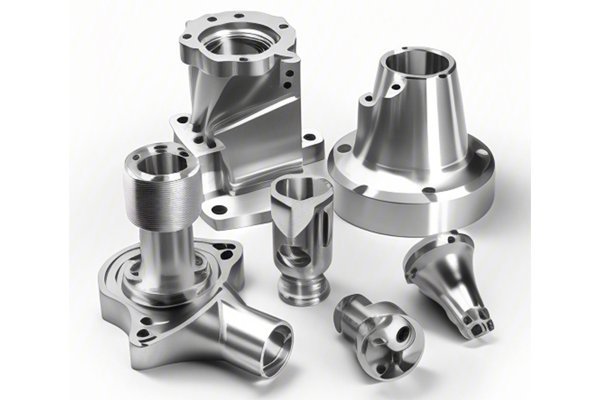When it comes to machining, ceramic materials pose one of the most significant challenges due to their unique properties. Did you know that ceramic materials can withstand temperatures exceeding 1,600°C while remaining exceptionally hard and wear-resistant? However, this toughness comes with the potential for surface cracks—an issue that can compromise the quality of the finished product. Manufacturers and engineers must navigate this delicate balance to achieve optimal results in CNC machining ceramic materials.
The Challenges of CNC Machining Ceramics
CNC (Computer Numerical Control) machining has revolutionized manufacturing by allowing for increased precision and automation. However, the inherently brittle nature of ceramics can lead to various complications during the machining process.
Understanding the Mechanics of Cracking
Before delving into the solutions, it is essential to understand why cracks form in the first place. Cracking in ceramic materials commonly occurs due to the following factors:
Understanding these contributing factors is critical for implementing effective preventive strategies.
Detailed Solutions for Controlling Cracks
Here are several strategies manufacturers can adopt to minimize surface cracks during CNC machining of ceramic materials:

Where possible, avoid intricate designs that increase the risk of stress concentrations, controlling geometrical complexity from the very design stage. Select simpler profiles with gradual transitions to mitigate risks.
Having a well-defined machining plan can also help you foresee challenges and adjust your operation. By including all aspects of the machining process—from material characteristics to final inspections—manufacturers can mitigate issues proactively.
Create a feedback loop where process performance is continuously monitored, and methods are adjusted based on observed results. Employ technologies such as machine learning and data analytics for predictive analysis and machine adjustments.
Invest in training and development programs for your staff. An educated workforce will understand the nuances involved in machining ceramic materials and can make informed adjustments to reduce risks.
To summarize, controlling surface cracks when CNC machining ceramic materials requires a comprehensive approach focusing on understanding the specific characteristics of ceramic materials, selecting appropriate tools, optimizing cutting parameters, and employing various cooling methods.
The importance of this knowledge extends beyond simply creating superior ceramic components; effective machining techniques are crucial for industries such as aerospace, medical devices, and consumer electronics, where quality and precision determine market success. Manufacturers must recognize that every effort made to minimize cracking directly translates to cost-efficiency, reduced waste, and ultimately, a higher standard of quality.
As the demand for increasingly complex and high-performance ceramic components grows, having a thorough understanding of these issues and solutions becomes not just beneficial but essential. Remember, when it comes to CNC machining ceramics, knowledge is power; understanding the factors that contribute to surface cracks allows manufacturers to innovate and adapt, ensuring they remain competitive in a fast-paced market.






